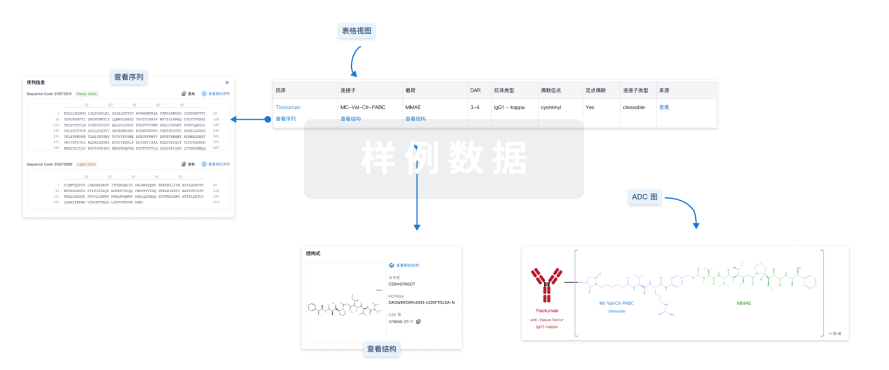Fibroblast activation protein (FAP) has been an attractive target for cancer imaging and therapy. Radiolabeled FAP-targeting ligands have shown promising results for clinical applications. However, further improvements are ongoing in pursuit of increasing tumor uptake, prolonging tumor residence, and maintenance good tumor-to-background contrast for extensive theranostic application. Achieving a higher affinity of the precursor is one of the ways in research. In this study, we designed a series of FAP inhibitors based on N-(4-quinolinoyl)-Gly-2-cyanopyrrolidine and found compound QI-18 with an IC50 value of 0.50 nM, which is a 6.5-fold increase in potency over that of UAMC-1110 (IC50 of 3.25 nM). QI-18 was then functionalized with a DOTA chelator to obtain the ligand CY03 for further radiolabeling with 68Ga to obtain the radiotracer [68Ga]Ga-CY03. In BALB/c nude mice bearing U87MG tumor models, [68Ga]Ga-CY03 exhibited a high and specific uptake (10.30 ± 0.63 % ID/g at 1 h post-injection and 9.28 ± 1.60 % ID/g at 2 h post-injection), which represented 3.2- and 4.1-fold increases over those for [68Ga]Ga-FAPI-04 (3.24 ± 0.53 % ID/g and 2.25 ± 0.33 % ID/g, respectively). [68Ga]Ga-CY03 also showed higher tumor-to-blood and tumor-to-kidney ratios (7.62 ± 0.44 and 2.59 ± 0.27, respectively) than [68Ga]Ga-FAPI-04 (2.38 ± 0.47 and 0.98 ± 0.19, respectively). The results indicate that [68Ga]Ga-CY03 is a promising imaging agent to target FAP.







